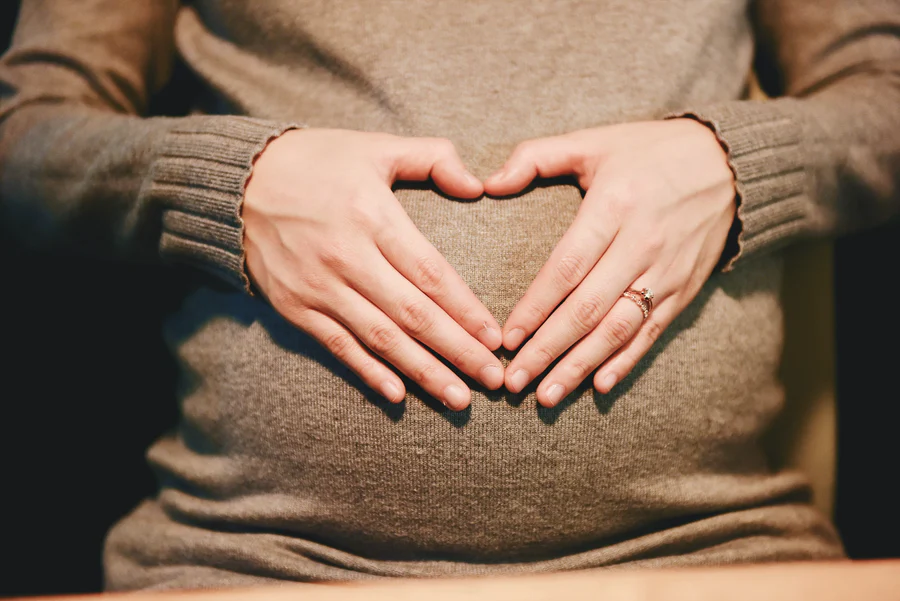How to know the signs & symptoms of Pre-Eclampsia

Pre-eclampsia is a condition that affects some pregnant women, usually during the second half of pregnancy (from 20 weeks) or soon after their baby is delivered.
Early signs of pre-eclampsia include having high blood pressure (hypertension) and protein in your urine (proteinuria). It’s unlikely that you’ll notice these signs, but they should be picked up during your routine antenatal appointments.
Although many cases are mild, the condition can lead to serious complications for both mother and baby if it’s not monitored and treated. The earlier pre-eclampsia is diagnosed and monitored, the better the outlook for mother and baby. If you’re diagnosed with pre-eclampsia, you will be referred for an assessment by a specialist, usually in the hospital.
While in hospital, you and your baby will be monitored by:
- Regular blood pressure checks to identify any abnormal increases
- Regular urine samples taken to measure protein levels
- Various blood tests – for example, to check your kidney and liver health
- Ultrasound scans to check blood flow through the placenta, measure the growth of the baby, and how much amniotic fluid there is.
- Electronically monitoring the baby’s heart rate using a process called cardiotocography, which can detect any stress or distress in the baby
The only way to cure pre-eclampsia is to deliver the baby, so you’ll usually be monitored regularly until it’s possible for your baby to be delivered. This will normally be at around 37 – 38 weeks of pregnancy, but it may be earlier in more severe cases.
You’ll be offered medicine to lower your blood pressure while you wait for your baby to be delivered. Medicine is recommended to help lower your blood pressure. These medicines reduce the likelihood of serious complications. Although pre-eclampsia usually improves after your baby is born, complications can sometimes develop a few days later so you may need to stay in hospital after the birth so you can be monitored.


